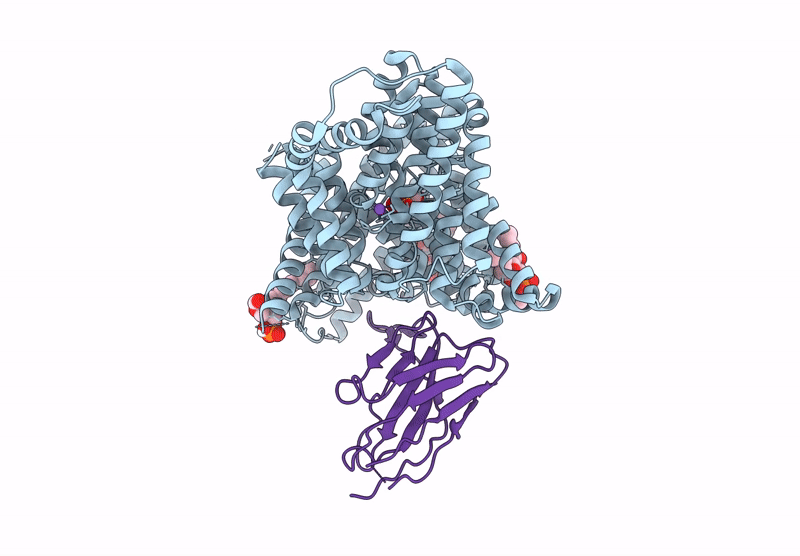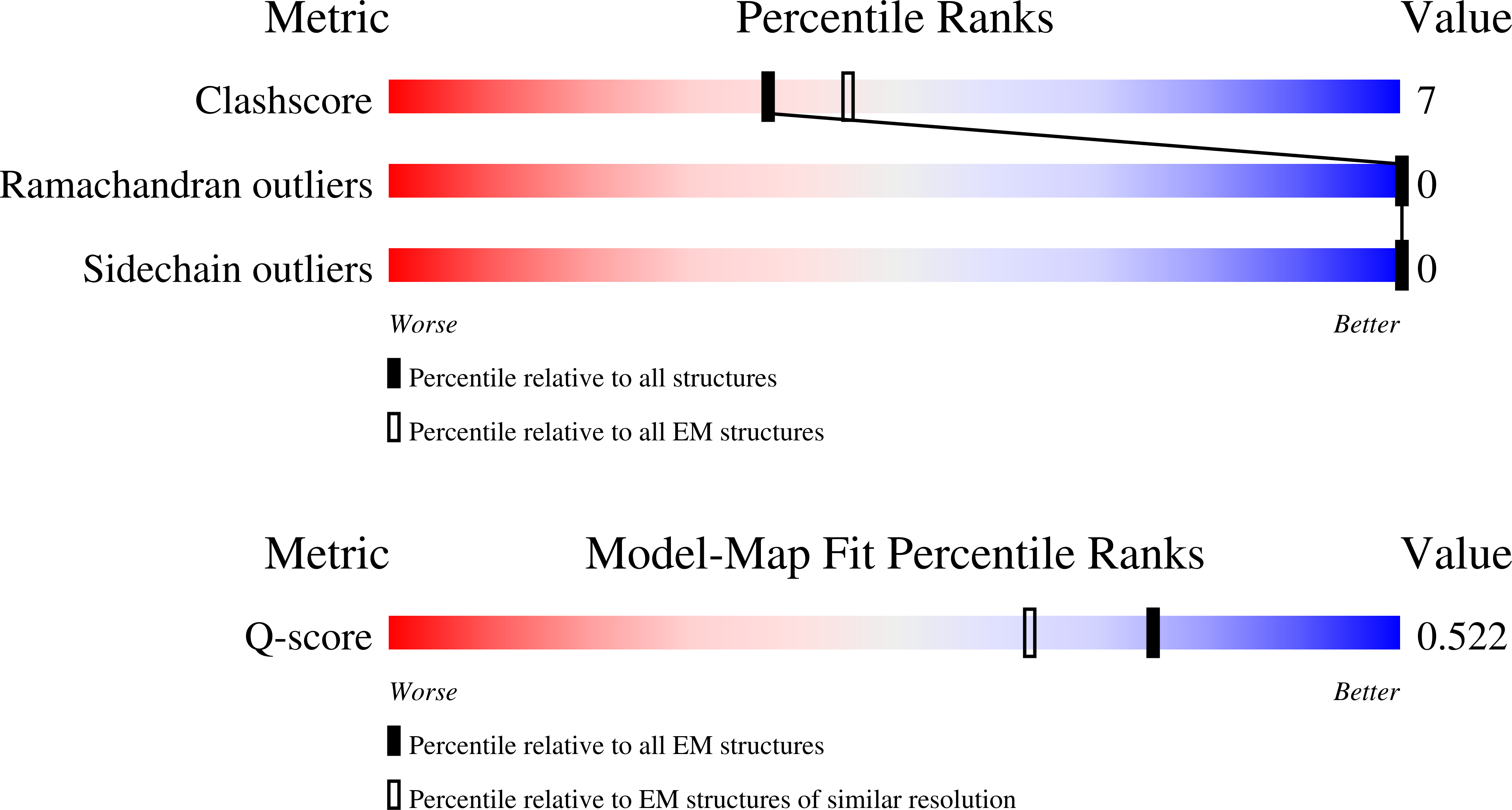
Deposition Date
2025-08-07
Release Date
2025-11-12
Last Version Date
2025-11-19
Entry Detail
PDB ID:
9PYM
Keywords:
Title:
Cryo-EM structure of the isethionate TRAP transporter IseQM from Oleidesulfovibrio alaskensis with bound isethionate
Biological Source:
Source Organism:
Oleidesulfovibrio alaskensis G20 (Taxon ID: 207559)
Helicobacter pylori (Taxon ID: 210)
Helicobacter pylori (Taxon ID: 210)
Host Organism:
Method Details:
Experimental Method:
Resolution:
2.98 Å
Aggregation State:
PARTICLE
Reconstruction Method:
SINGLE PARTICLE


